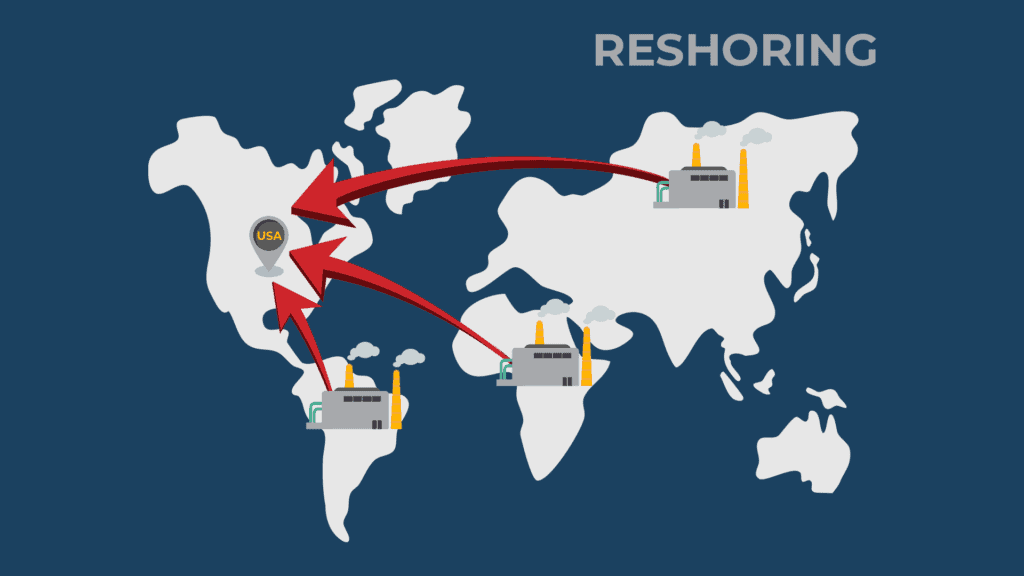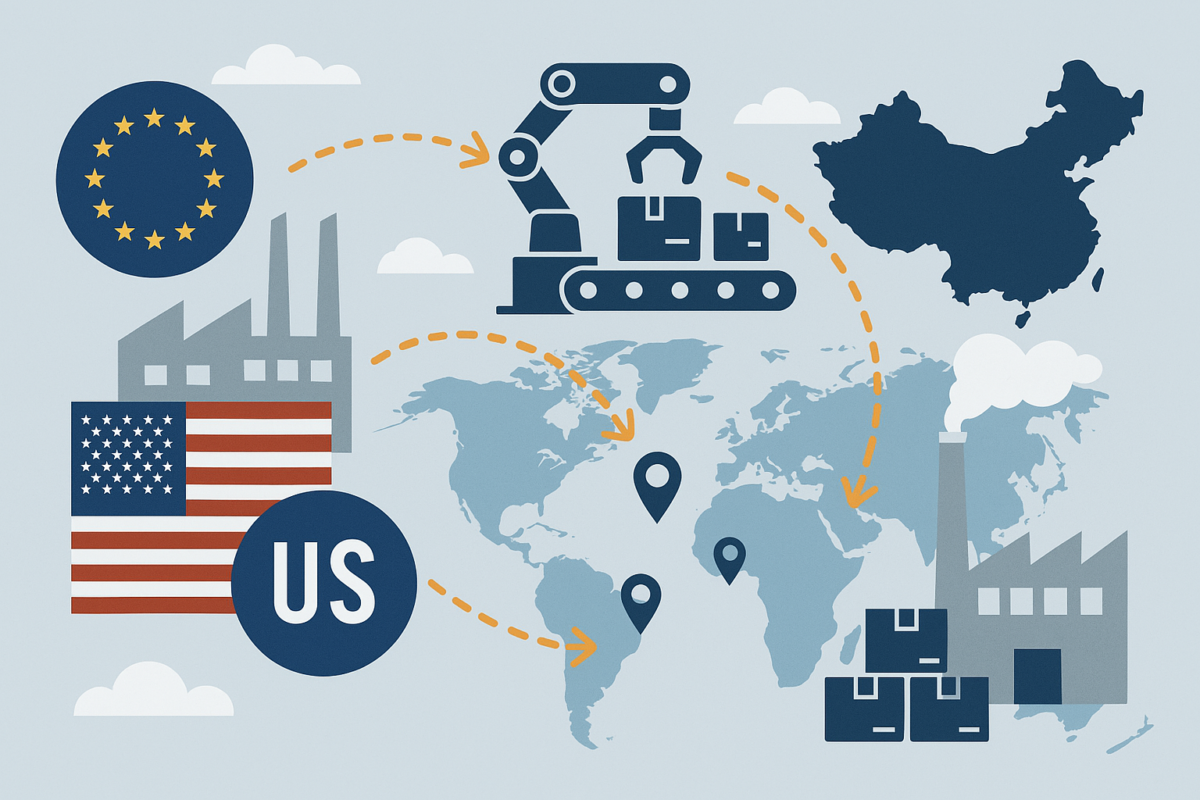How the U.S. Reshoring Wave Impacts Global Sourcing Strategy
In recent years, especially following the supply chain disruptions caused by the COVID-19 pandemic and the U.S.-China trade tensions, a significant movement has emerged in the manufacturing and sourcing landscape: reshoring. U.S. companies that once outsourced production to distant countries are now reconsidering the advantages of bringing some or all manufacturing back home.
However, this reshoring wave doesn’t spell the end for global sourcing—far from it. It signals a strategic shift in how businesses optimize their supply chains, often using a hybrid approach supported by a bestsourcing agent.
What Is Reshoring and Why Is It Trending?
Reshoring refers to the practice of bringing manufacturing and sourcing operations back to the home country—in this case, the United States. The movement has gained momentum due to several reasons:
-
Geopolitical tensions and trade war instability
-
Rising wages in traditional offshore manufacturing hubs
-
COVID-19 and supply chain breakdowns
-
Incentives from U.S. government subsidies and tax credits
-
Desire for shorter, more secure supply chains
According to the Reshoring Initiative, reshoring and foreign direct investment (FDI) announcements in the U.S. hit record highs in 2023, and the trend shows no signs of slowing down in 2025.
Global Sourcing Isn’t Dead — It’s Evolving
While reshoring is a hot topic, global sourcing continues to play a vital role in cost efficiency and scalability. For most U.S. companies, especially small to mid-sized ones, reshoring is rarely a full transition. Instead, it’s part of a diversified sourcing strategy.
This is where the bestsourcing agent Asia comes in.
👉 Looking for hybrid sourcing options? Work with a trusted bestsourcing agent in Asia to secure flexibility and cost advantages.
Many U.S. businesses are implementing a China+1 strategy or even a multi-country supply network, keeping some operations in Asia for scalability while building resilience at home or in nearshore markets.
How the Reshoring Trend Impacts Global Sourcing Strategy
1. Greater Emphasis on Risk Management
The pandemic exposed the fragility of over-reliance on single-source offshore suppliers. Businesses now seek a bestsourcing agent who can:
-
Identify backup suppliers across countries
-
Mitigate logistics bottlenecks
-
Offer flexible MOQ arrangements
-
Ensure supplier compliance and factory audits
These agents play a central role in building agile global sourcing models.
2. Increase in Nearshoring and Friend-Shoring
Reshoring is often accompanied by nearshoring (e.g., Mexico or Latin America) or friend-shoring (relocating production to politically aligned countries like India, Vietnam, or Malaysia). This makes the role of sourcing agents even more critical as they navigate:
-
New legal frameworks
-
Language barriers
-
Compliance in local regulations
🧭 Consider expanding your supplier base with a bestsourcing agent Asia to access vetted partners across diversified regions.
3. Heightened Demand for Full-Service Sourcing Agents
Today’s sourcing strategy isn’t just about finding cheap labor. U.S. firms now look for end-to-end services from agents including:
-
Factory audits
-
Sample inspection and lab testing
-
Logistics management
-
Compliance with ESG and labor standards
This makes working with a full-service bestsourcing agent more crucial than ever.
4. Cost-Benefit Analysis Becomes More Complex
While reshoring can offer faster turnaround and fewer compliance issues, it often involves:
-
Higher labor costs
-
Limited factory capacity
-
Potential lack of raw materials
Global sourcing through Asia remains attractive when these factors are weighed. A trusted sourcing agent in Asia helps balance quality and affordability through smart supplier matchmaking.
5. Digital Sourcing Platforms Gain Popularity
The reshoring trend coincides with a digital transformation in procurement. Many U.S. companies now demand real-time sourcing dashboards, integrated logistics tracking, and AI-based supplier comparisons.
Leading agents like those at www.asia-agent.com provide tech-backed transparency with localized expertise.
What Should U.S. Businesses Do?
Here’s how companies should adapt their sourcing strategies amid the reshoring trend:
-
Reevaluate total landed costs instead of focusing only on unit price
-
Diversify supplier regions through hybrid sourcing (onshore + offshore)
-
Invest in local partnerships that can provide multi-country support
-
Work with experienced sourcing agents who understand evolving logistics, compliance, and cost structures
Final Thoughts
Reshoring is not a binary decision. For U.S. businesses aiming for resilience, cost-efficiency, and flexibility, the best path forward often involves blended sourcing models. That’s where the bestsourcing agent becomes indispensable.
Whether you’re scaling up production or navigating complex supplier networks, the right bestsourcing agent Asia can help you stay competitive in a reshaped global economy.
👉 Start your sourcing journey with trusted agents at www.asia-agent.com

